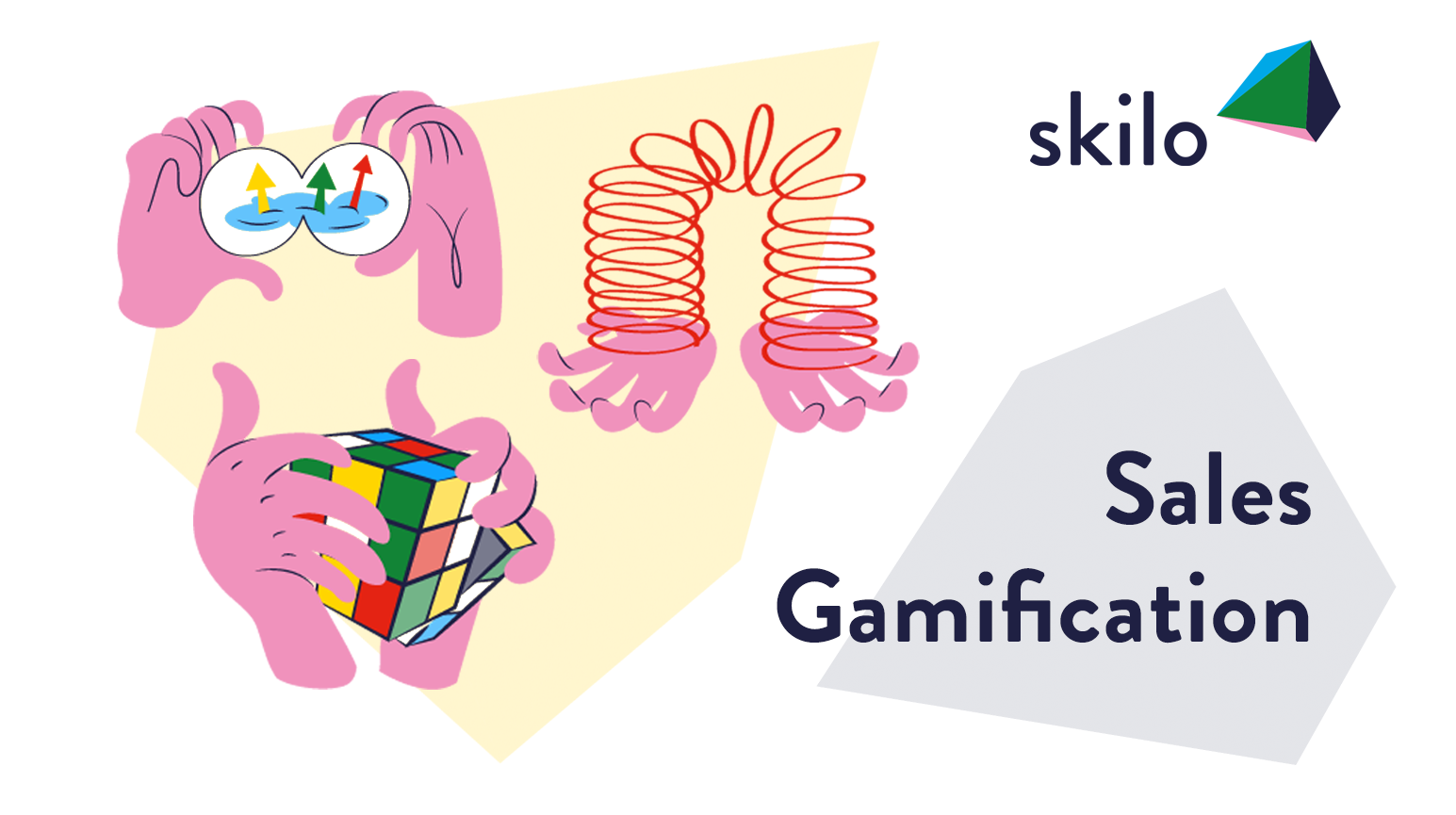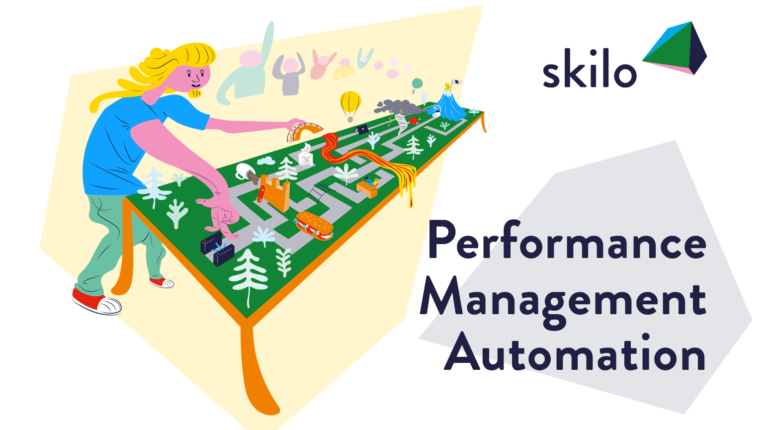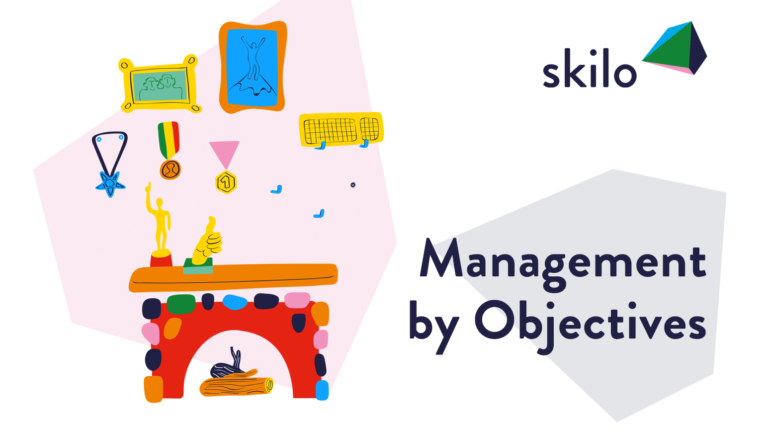First things first, let’s envelope what exactly is Sales Performance Management? Sales Performance Management (SPM) refers to the monitoring and training of sales employees to enhance their sales abilities, strategies, and, ultimately, their results. It entails using specialized sales analytics to predict and anticipate sales and properly training your salespeople. SPM includes analyzing sales activities, drawing conclusions, and implementing adjustments to enhance outcomes through performance reviews, developing skills, and providing feedback.
How does gamification fit into sales performance management?
When you hear the term “gamification,” the first thing that usually comes to mind is applying a video game veneer to work or having a sales competition with weekly or monthly winners. However, it could not be further from the case. Making your employees compete with one another may have the opposite effect alienating or discouraging employees since they cannot compete with the top performers.
Therefore, gamification is about developing intrinsic motivation, learning, and higher performance through real-time feedback and digital incentive. It helps salespeople become more self-motivated and aware of their performance expectations by igniting their inner motivation and improving their knowledge of those objectives. Gamification, in a way, may take the goals and insights from Sales Performance Management and make sure that people are engaged and inspired by them.
What actions are needed to deliver on this promise of sales performance management through gamification?
This concept may seem a bit vague, but let’s unravel what specific activities are needed to boost sales performance through gamification. Improved pipeline management, better-motivated salespeople, and best-practice sales tactics all seem wonderful in principle, but can we actually make them happen and have a lasting impact? It’s far easier to buy sales performance technologies than it is to maximize the performance of salespeople. However, it is the people, not the technology, that propel the company forward.
Set a good goal – win it all
Setting goals is essential for sales performance management gamification. This is where the journey truly begins. It is the first step that gives an actual perspective on the destination trajectory. Sales managers should set defined and measurable sales goals that align with the company’s overall objectives.
Goals aren’t as basic as they were in the old days of the performance review. They aren’t fixed for a year; rather, they are dynamic. This is critical because the employee must have clear objectives, and if the management wants to emphasize specific tasks, they must do so.
Nasi sales team’s engagement may be increased by communicating short-term goals, reflecting on them, and measuring their progress in real-time. Many organizations now understand that breaking down their objectives into a series of individualized missions continually updated over time makes it simpler to connect with their employees and better understand and interact with them.
The importance of defining individual goals cannot be overstated because it fosters an environment where everyone can feel like a winner. Goals that match my prior performance – and the range of improvements I can make – will increase my chances of success and my sense of purpose, which will motivate me to work hard to accomplish them.
Intrinsic motivation – a kernel of gamification
Extrinsic incentives include things like winning a contest or receiving a prize. However, they aren’t the things that keep people motivated over the long haul. The reason is that they lose their effectiveness over time, and in some instances, performance may even suffer as a result. This is not to argue that salespeople shouldn’t be rewarded, but gamification that emphasizes incentives and competitiveness is unlikely to succeed.
That’s where gamification comes in. It motivates and engages salespeople by leveraging social proof, game narratives, and other game elements. However, how precisely does this work? Let’s take a look at it from the feedback perspective.
Self-competition – feedback edition
It’s critical to keep an eye out for progress, make goals visible, and open the lines of communication. When you receive quick feedback tied to “competing” with your goals, prior performance, and the team average, you start to care. Real-time feedback on accomplishing sales tasks and goals has the same impact as wearing a fitness tracker. If possible, feedback should not be dependent on ranking but rather be fair, transparent, and objective. Instead of comparison and rivalry, which might lead to discouragement, we aim to inspire others to better.
Feedback should also be delivered promptly so that employees may re-work what they are doing instead of mourning their past failure, rising, and mending their act. This is what real-time feedback in gamification looks like.
Better learning – better earning
A person’s ability to perform well is always linked to their ability to learn well. We want our salespeople to be knowledgeable about the company’s goods and technology, understand best practices, and solve problems and provide excellent service and solutions over the long term. To do this, we must make learning available on an almost daily basis in the form of micro-learning boosts that are both effective and time-efficient.
To maintain high levels of knowledge retention, sales managers seek to promote education among their staff. To do this, they need to establish an atmosphere that encourages learning, productivity, and overall well-being. Companies must give their workers high-quality learning materials, practices, and solutions while also emphasizing the learning process itself and making it as meaningful and profound as possible for them. Gamification, an interactive and entertaining technique, is one way to achieve this. The gamification platform, for example, will propose those learning objectives as the next best step when particular KPIs aren’t reached, or statistics reveal the employee is having difficulties with those goals. Gamification of learning (for example, a new service offering) can also help people retain more information. After completing the training, the employee will be eligible for additional KPIs connected to the sales of the new product.
Sales analytics – team statistics
For sales managers to be effective, they must use accurate sales analytics and adequate and exact metrics. Proper measures and indicators are necessary for the sales manager to develop correct judgments and generate the appropriate conclusions, making good actions for his sales team.
Analytics are critical to any sales performance gamification platform since they assist in determining how to establish tailored goals, which employees should be educated, and how KPIs and learning content may be adjusted for even more excellent outcomes.
How can you help the manager and your team to boost performance management in practice? Contact us and try Skilo – a performance and employee management app.

Skilo is a Salesforce native app that provides a ready-to-use talent management solution. It streamlines, simplifies, and unifies the end-to-end process of talent acquisition, development, and retention. Skilo also provides performance management, competency frameworks, along with skills development, career planning, training management, feedback, reviews, and social employee engagement. For more information, please visit www.skilohr.com, LinkedIn profile, i Facebook page.
Pozostań z nami na bieżąco, sybskrybując nasz newsletter
Otrzymasz nasz newsletter co kilka tygodni, zawierający skondensowany przegląd najważniejszych informacji


